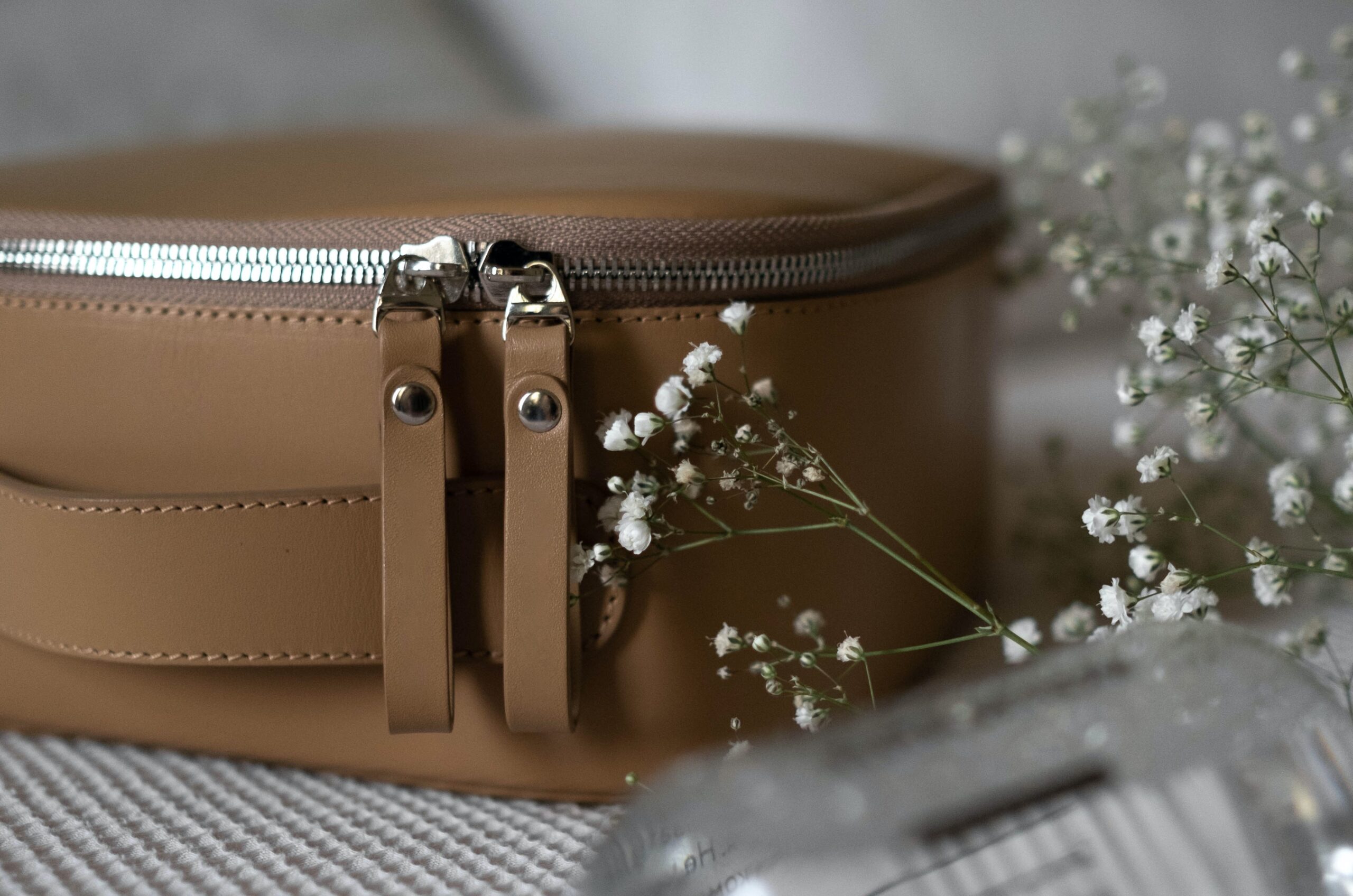Currently Empty: ₹0.00

Leather helps the process of up-cycling and waste reduction – Here is how!
You may have heard all sorts of things about the changing leather industry – the introduction of PU and PVC ‘vegan’ leather, the upcoming fruit peel based leather alternatives, and so on. You might have heard that these are far better for the planet. Is this all true? Is leather really on its way out?
Well, to put it simply, no. Let’s have a look at what these alternatives actually are and whether they are really solving the problem they are claiming to solve.
For starters, ‘vegan leather’ is actually a fancy term for plastic. While it’s true that no animal products are used, vegan leather is almost always made from PU (polyurethane) and PVC (polyvinyl chloride). PU leather is made by applying a finish of polyurethane to a base of polyester, nylon or rayon (all plastics again). A roller applies a pattern on the surface to make it look like real leather.
The PVC based alternative is also applied to any base material, in the same way as PU. Note that when PVC is manufactured, various plasticizers are used in the process, often containing harmful phthalates. PVC also releases dioxins, and can release harmful gases when exposed to heat. None of this is good for the end users.
Moreover, being plastics, neither PU nor PVC totally biodegrade. The environment is already heavily contaminated with microplastics to the point where humans are absorbing them through food, water and even air. A study in 2020, which took samples of 47 human organs, found Bisphenol-A (chemical used in making plastics) in all 47! Do we really need more plastic, that too in the guise of a product pretending to be good for the earth?
Finally, these plastic ‘vegan’ leather alternatives have a short lifespan – they wear out, cracking and peeling fast enough that you might have to repurchase fresh products within a year. Again, this results in a massive waste of resources – your money, your time and the energy costs of manufacturing and shipping those products.
Okay, we’re done with plastic based alternatives. But what about fruit based alternatives? Surely you may have heard of apple, mango and pineapple fibre being used to make “fruit leather”. Well, they have a catch too. Companies making these products buy discarded fruit peels from juice manufacturers, but the peels can’t be directly turned into wallets or handbags – they lack the strength. So, they are shredded and mixed with water-based PU (polyurethane plastic again!) for strength. In a nutshell, there is no leather alternative currently in existence that is actually good for the environment.
While leather is indeed an animal product, one must understand that no animal is actually killed for its hide. The entire leather industry obtains hides as a byproduct of the meat industry. If hides are not processed into leather, they would just be thrown away or burnt. Leather, in a sense, upcycles the hide into a high quality product with utility and style. Leather manufacturing in the modern era is also free of the hazardous chemicals used in the past, and any reputed manufacturer who wishes to stay in business will treat manufacturing waste carefully.
Plastic and plant based alternatives are trends that will come and go. But with its durability and timeless appeal, a real leather product can turn into a decades long investment.






Thanks for your blog, nice to read. Do not stop.
Theʏ haᴠe beautiful аnd excellent product
Please reply back as I’m attempting to create my very own site and would love to find out where you t this from or what the theme